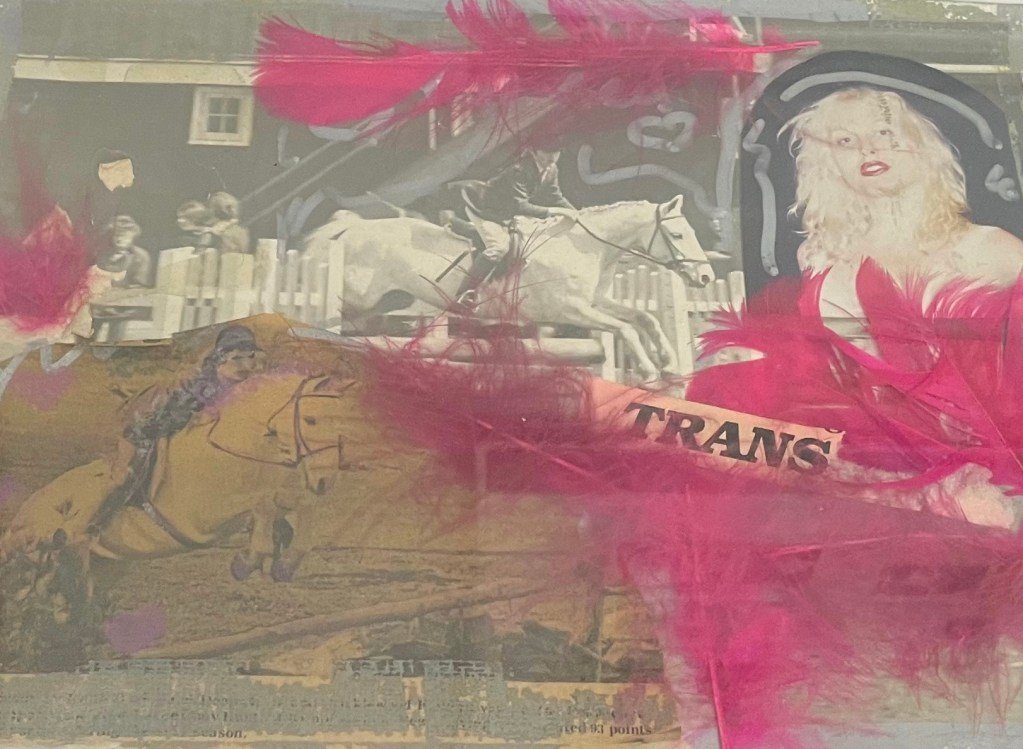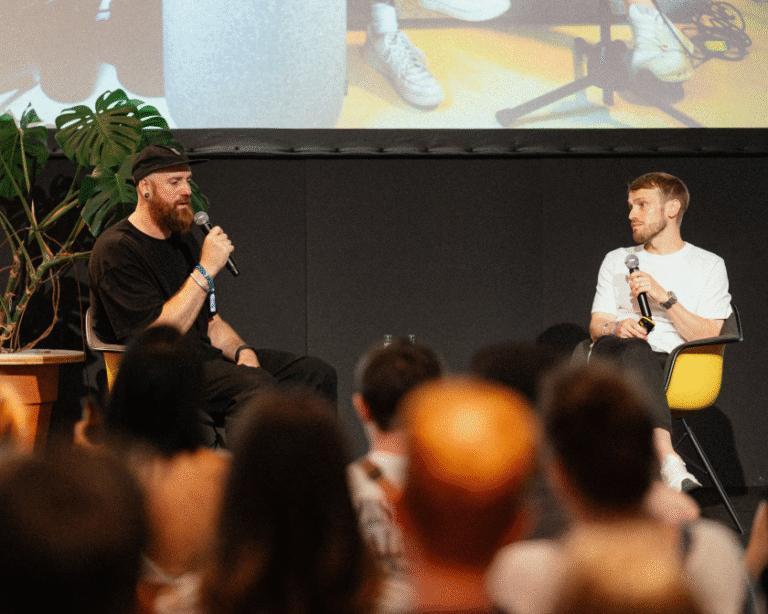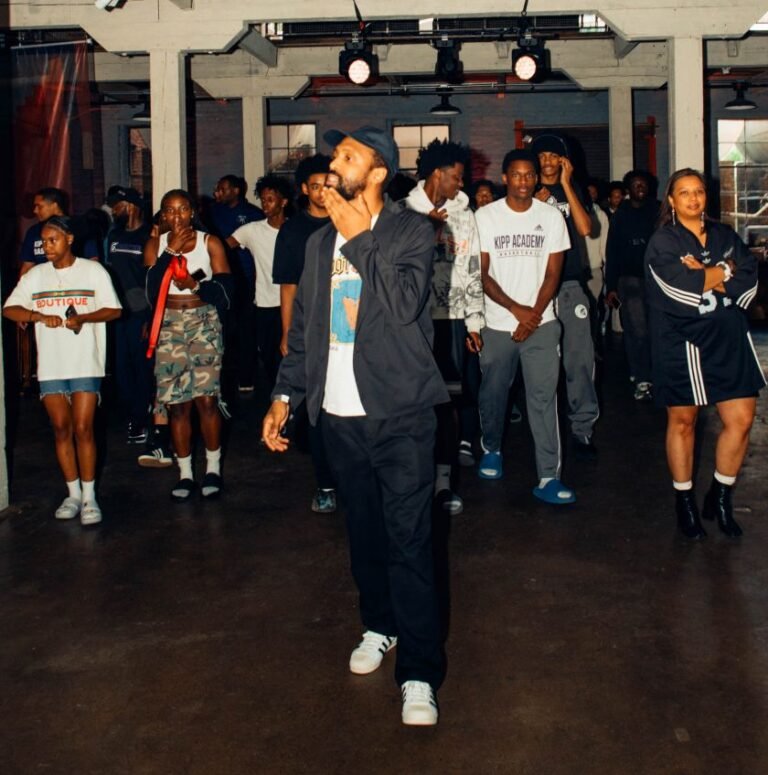

Along a wall of framed pen and marker drawings in Chloe Dzubilo, The Prince George Drawings at Participant Inc. is a text work that simply reads: “Stronger than life itself @ this point.” Invoking strength in the face of adversity can read as an empty cliché, but Dzubilo’s work from 2008, with its “@ this point,” posits strength as necessity more than inspiration.
There’s no question of the artist’s strength here, or her need for it. The exhibition is named for the Prince George, a subsidized housing complex for people with HIV/AIDS where Dzubilo lived from 2000 until her death in 2011. Born in Connecticut in 1960, the artist became a fixture in New York’s East Village art scene after moving to the city in 1982, performing with the Blacklips Performance Cult and the band Transisters. After her AIDS diagnosis in 1987, she focused on advocacy for HIV care and prevention and support for transgender people.
The Prince George Drawings centers diaristic works on paper from 2008 to 2011 that narrate her life as a transgender woman living with HIV. Some have drawings, others are purely text, but all have an intimate tone, as if Dzubilo is speaking to us directly. She addresses both personal obstacles, like bedbugs at the Prince George or her treatment by medical providers, and broader social issues, such as the pathologizing and exploitation of trans women and the debilitating side effects of HIV medications.

It may seem that Dzubilo was making these drawings long ago, but it was already more than 20 years after the AIDS epidemic began to devastate queer communities in the United States, causing politicians and popular culture to double down on homophobia and transphobia, and around 40 years after the Stonewall riots brought LGBTQ+ civil rights to the streets. Dzubilo faced challenges that should have been history by 2008, yet persist today.
“The Most Inappropriate and Ridiculous Questions” (2008), a list of “dont’s” to say to trans women, stands out precisely for this reason. All you have to do is watch TV, go on social media, or talk to random people, and chances are you’ll hear some of these comments. I won’t repeat those that are blatantly offensive, but even apparently lesser offenses are insidious in their disrespect, such as referring to people by their deadname and using terminology like “passing,” which presupposes a standard of what constitutes a woman (or man).

As co-curator Nia Nottage suggests in an accompanying essay, the notion of “passing” has a double meaning: the colloquial sense of appearing to be cisgender or straight and passing as physically healthy. Both reinforce stigmas that rely on a baseline of normativity, and together, they expose the connection between physical health and gender- or sexual (hetero)normativity.
None of this is uncharted territory, but Dzubilo takes it on with exceptional clarity and frankness. One cartoon-like drawing records an exchange in an emergency room between the artist and hospital staff who call her “it” and “freak” and refuse her use of the women’s bathroom. The largest work in the show, the 89-inch-tall (226 cm) “Untitled (Stop Pathologizing Me)” (2011), depicts a headless human body sketched on yellow paper, with the title written at the top. Alongside the figure is the text: “It’s 2011. Transsexualism in the DSM4 is still considered a mental illness.” (In fact, the Diagnostic and Statistical Manual of Mental Disorders only removed “gender identity disorder” in 2017, replacing it with “gender dysphoria.”)

The drawings also allude to the resulting suppression when people advocate for themselves rather than wait for government programs to advocate on their behalf. “Untitled (Fashionista on the Cross)” (2008) pairs a drawing of a human figure atop a crucifix with the text: “Sanctify the transperson. Fabulous. Then crucify them if they don’t cooperate with others’ agendas.” Implicit in this is a critique of the systemic condemnation of those who don’t comply with their society’s entrenched gender- and heteronormative roles, which plays out not only in explicit discrimination but also in subpar living conditions and prohibitive healthcare costs. (Though the focus of the exhibition is AIDS medication, the same can be said of much gender-affirming care, even with health insurance, then as now.)
Personal voices make a difference. Dzubilo’s accounts dissolve the distance between life and art and present viewers with her everyday experiences of discrimination, disenfranchisement, and living with a deadly disease — confronting many with these realities, but commiserating with others. One benefit of hosting the show at a sympathetic nonprofit art space like Participant Inc. (whose board of directors includes pioneering LGBTQ+ artists Justin Vivian Bond and Vaginal Davis) is that it ensconces Dzubilo’s life and legacy in an environment of care and compassion. Ideally, a catalog would accompany the show and be distributed broadly enough that diverse audiences — encompassing people who will never make it to the gallery and have no active stake in the subject matter — would encounter it.
The work won’t speak to everyone, but Dzubilo’s battles for adequate healthcare and living conditions, and yes, her strength, will resonate with unexpected audiences. As rights and respect for LGBTQ+ people regress in the US, any step forward is a rallying cry.




Chloe Dzubilo, The Prince George Drawings continues at Participant Inc. through July 20. The exhibition was curated by Alex Fleming and Nia Nottage.
Gavilán Rayna Russom’s Oh Remain, a live electronic sound work, will take place at Participant Inc. on July 16 at 7:30pm.





